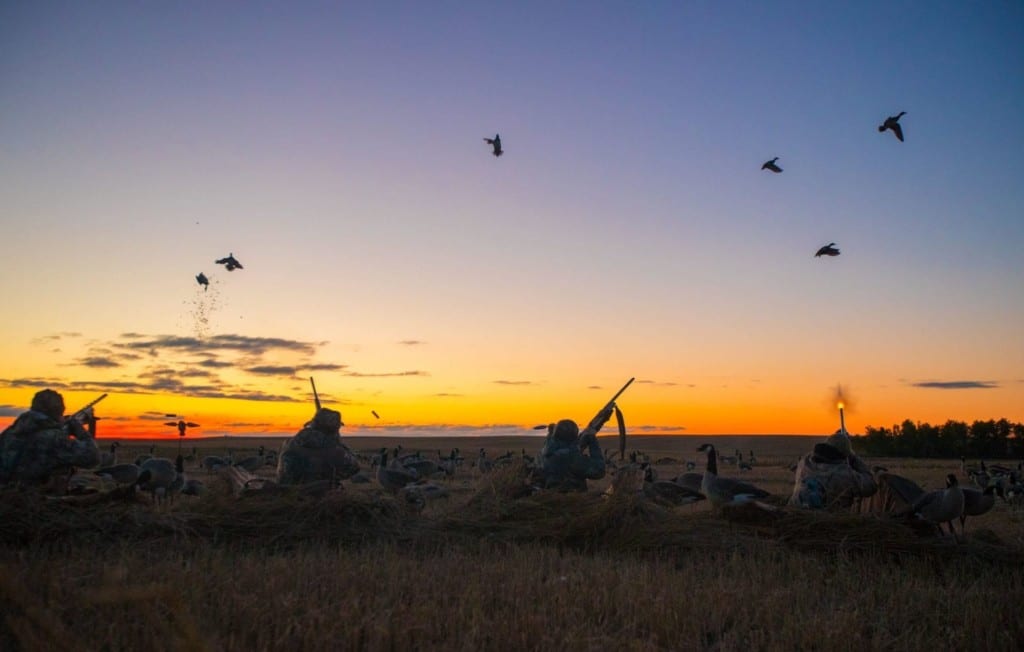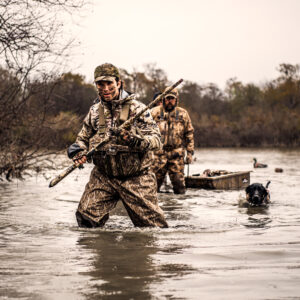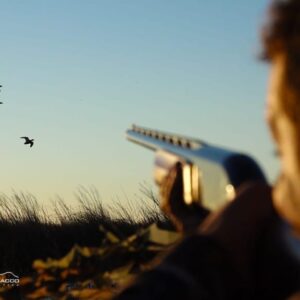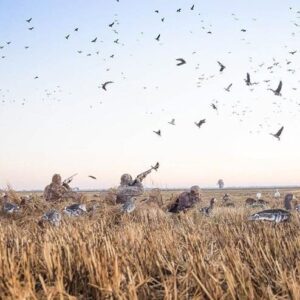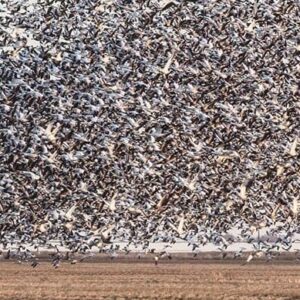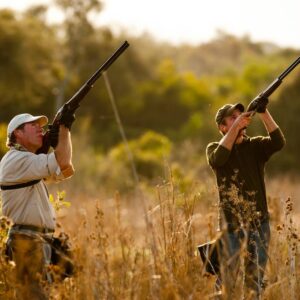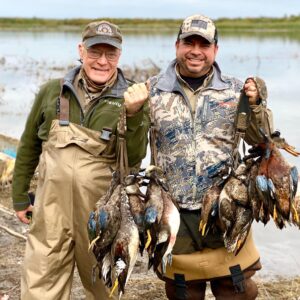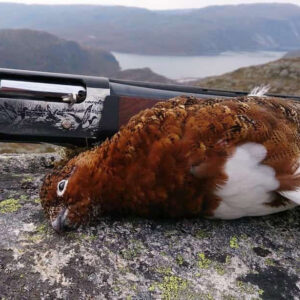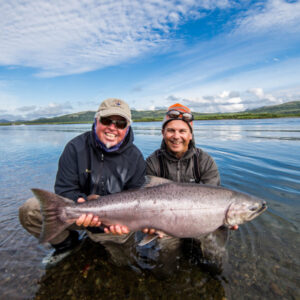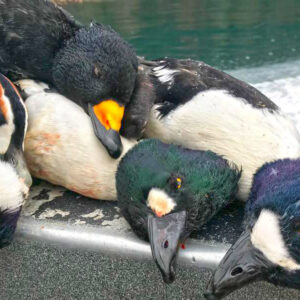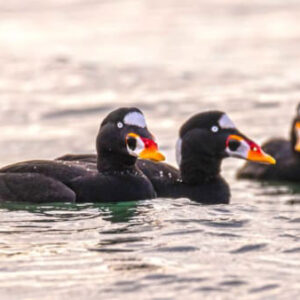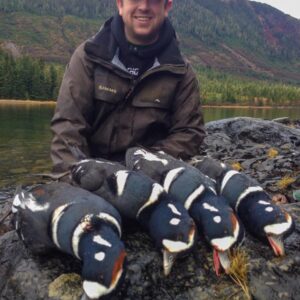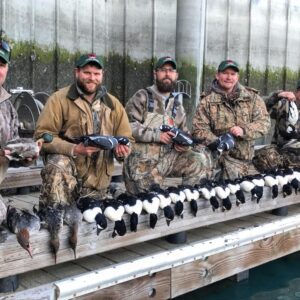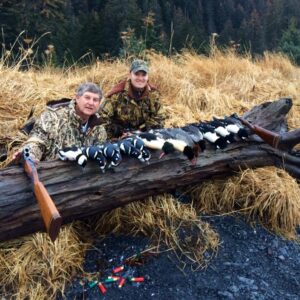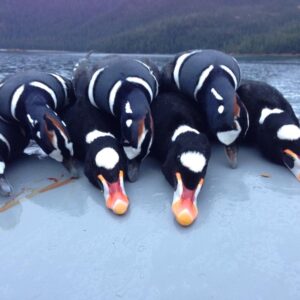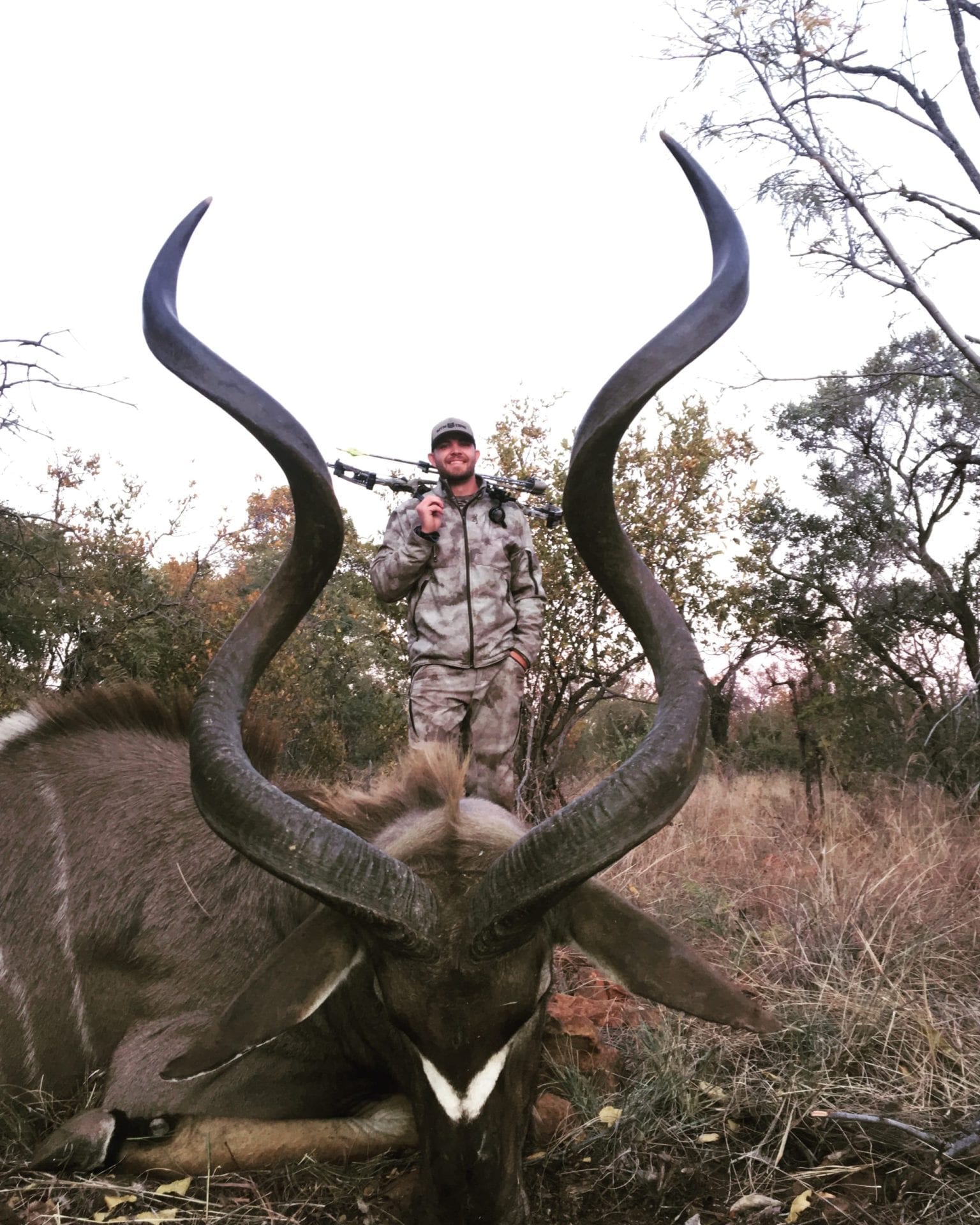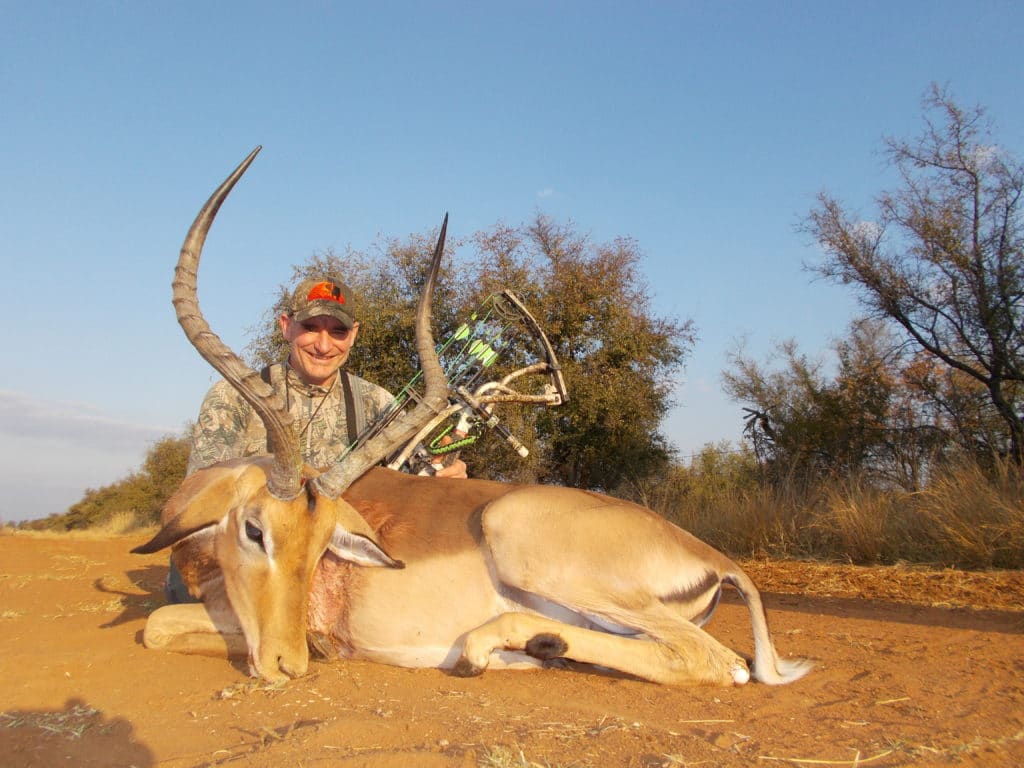I know it’s a cliche, but it’s true…ducks and geese are where you find them. For great waterfowl hunting, get away from the crowds and learn to do it yourself, or hire a guide. When it comes to waterfowl hunting, weather matters. To make the most of your days in the field, waterfowlers need to understand weather patterns and how they affect duck and goose behavior.
Waterfowl Hunting in Stormy, Windy Weather
Normal people don’t like storms much, but duck hunters love them! When it’s windy, the birds stop feeding during the night and move more during the day, and are limited to areas protected by the wind. It’s also easier to trick those eyes because there isn’t a problem with glare and there is tons movement caused by the wind. Dress warm, stay mobile, and adapt to changing wind directions and you’ll do well.
Bluebird Skies
Clear, sunny skies make for some tough hunting. The birds can go wherever they want on days like this so they are more scattered. On days like this, perfect camouflage is essential, and beware of glowing upturned faces. Patterning is extremely important, and take notes. Once you’ve determined where the birds fly during clear skies, you can intercept them on a future hunt.
Freezing Temperatures
When the cold is extreme, the shallow water freezes over, which concentrates the birds on remaining open water. On top of that, because the birds need more calories, they’ll fly out to feed twice a day. All good right? Well, not quite…that cold weather can be tough to deal with, and the right gear is important.
A good tactic is to work open river channels until you jump a flock of ducks, then quickly set up your decoys in strings along the edges out of the wind. Hide the boat and stand next to cover in your waders, waiting for the birds to come back. Enduring the cold is the hard part.
Hunting During Snowstorms and in the Fog
When you can’t see, neither can the ducks and geese. This makes calling even more important than in other situations. Waterfowl hunting in snow and fog can be super exciting.https://www.youtube.com/watch?v=2wjhvmyc7oI
Setting up a good decoy spread:
- Make sure your spread is visible. Simply setting a good spread in an area where ducks will see it can result in a productive hunt.
- Don’t let the water around your decoys freeze. For the ultimate solution to this problem, consider purchasing an ice eliminator such as the Ice Blaster from Higdon Decoys.
- Hunt the water for geese. When everybody else is hunting geese in the fields, set up a floating spread where there is less hunting pressure.
- Use goose decoys for duck hunting. Goose decoys are larger, and therefore easier to see in the fields. And don’t forget silhouettes, they give the illusion of movement in your spread.
- In flooded timber, spread out your dekes.
- Leave room in your spread for the birds to land.
- Coot decoys set up against the bank give the ducks confidence.
- Make your spread look real. Supplementing your spread with feeder, rester, and sleeper decoys can help create the illusion of a flock of live birds, which is what setting a spread is all about.
Basic Calls for Duck Hunting
- The Basic Quack. People use ‘qua qua qua’ when there needs to be a clean, crisp, ‘quaCK’ instead. Stick to the basics and end your quacks, and everything else is second. [listen]
- Greeting Call. A series of 5 to 7 notes in descending order at a steady even rhythm, Kanc, Kanc, Kanc, Kanc, Kanc. Best used when you first see ducks at a distance. [listen]
- Feeding Call. Say “tikkitukkatikka,” into the call raising and lowering the volume slightly. [listen]
- Hail Call. Use the hail call sparingly. If the ducks are coming in, forget calling. When you do use it, blow high, hard, and loud. [listen]
- Comeback Call. Use this call when the ducks don’t respond to your greeting or you want an immediate response, such as in timber. It’s more urgent sounding and faster, like Kanckanc, Kanc, Kanc, Kanc. It’s fast and hard, with 5 to 7 notes. Don’t overcomplicate it. [listen]
- Lonesome Hen Call. The lonesome hen is an often overlooked call that can be very effective, especially when ducks are call-shy. It should be spaced out, and quick, with several seconds between. If the quacks are too close together it scares the ducks. And keep in mind that the lonesome hen is somewhat low and throaty. [listen]
- Pleading Call. Many callers save the pleading call for stubborn ducks flying 75 to 200 yards above you that refuse to come in. It’s the caller’s way of literally pleading with the ducks to come into or return to the spread. [listen]
- Whistling Calls. Whistles are also a great way to get youngsters involved in hunting, because there’s no way they can mess it up. [Mallard Whistle] [Pintail Whistle] [Wigeon Whistle]
How to Call Geese
Do cupped wings and retrievers get you excited?
If so, you’re probably a duck hunter! If you haven’t ever been on a waterfowl hunting trip that knocked your socks off, you owe it to yourself. For great waterfowl hunting you need to get away from the crowds and learn to do it yourself, or hire a guide.
Whatever suits you, be it ducks, geese, or even cranes, we can help you find a great hunt. So if you’re looking for some amazing waterfowl hunting, get in touch. We work with some great duck and goose hunting with some incredible outfitters.
Waterfowl Hunting Destinations
Waterfowl hunts offered by Outdoors International
Live Like You Mean It
Contact Us
We've helped thousands of OI clients plan their adventures
Our team of professional consultants are ready to help you research, book and plan an amazing trip with one of our amazing outfitter partners around the world.
I didn't think an experience like this was possible.
This trip, was, for me at least not just a trip, for me it was a real adventure, a real experience. I love the wilderness and this trip afforded me the opportunity to connect with the Alaskan wilderness in ways very few people do. It was an experience I will never forgot in a place I can’t wait to get back to.Oliver Fischer
The outfitter handled everything perfectly.
We were thankful that Outdoors International hooked us up with a great outfitter because they were able to find us an acceptable alternate on short notice. Overall the two year process to get this float in was seamless and worry free. Just like it should be.Thank you, Stan Masneri
What an amazing experience!
The lodge was out of this world! Our rooms, the delicious food, the incredible wildlife and the scenery were amazing. Our photo safari guide was truly exceptional and had us on animals almost constantly. We saw over 30 different species and had some incredible up close experiences. Africa is amazing!Scott Navares
Copyright 2005-2025 © Outdoors International™ · All Rights Reserved.


